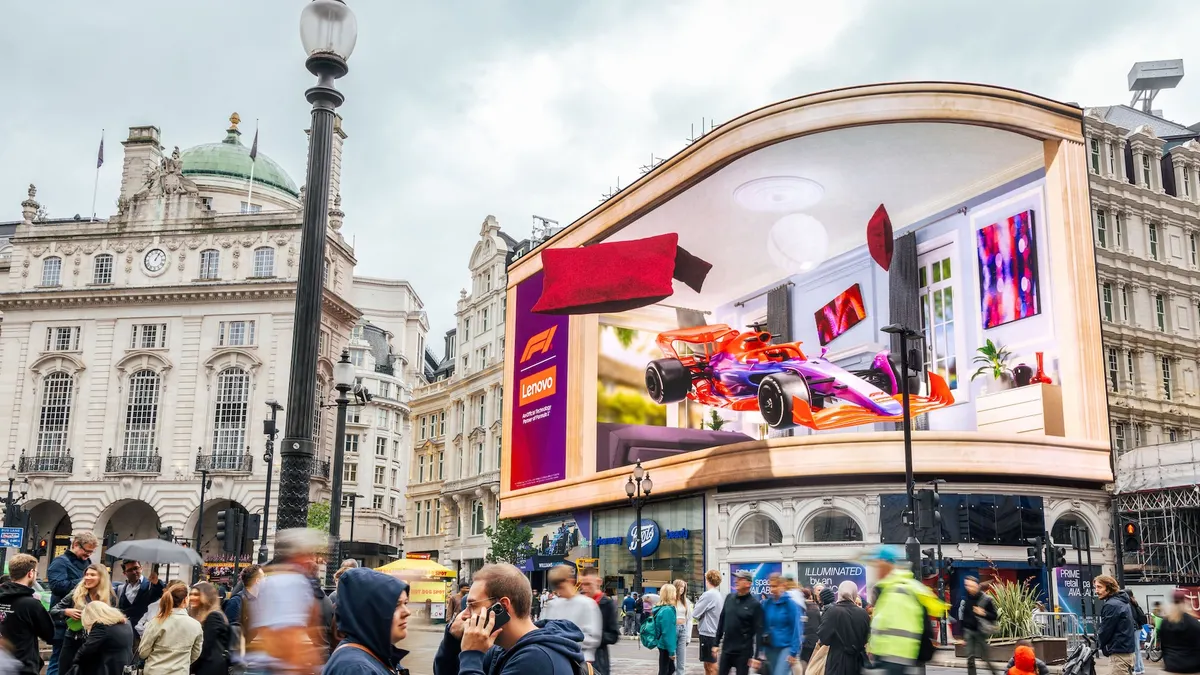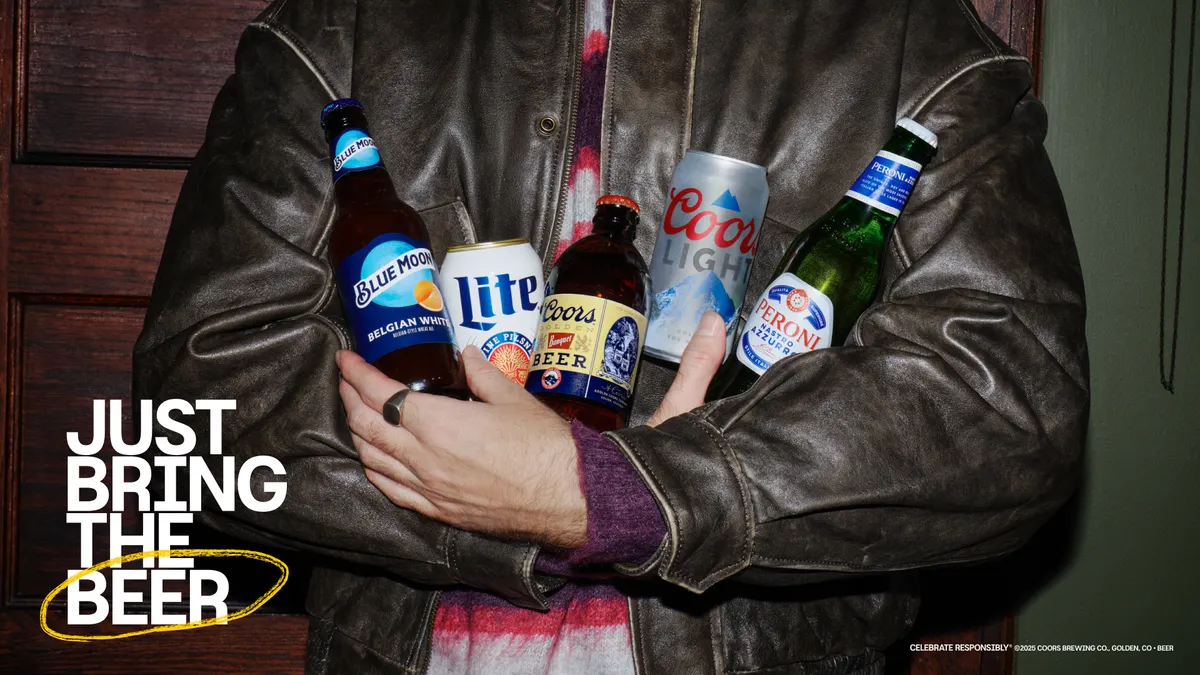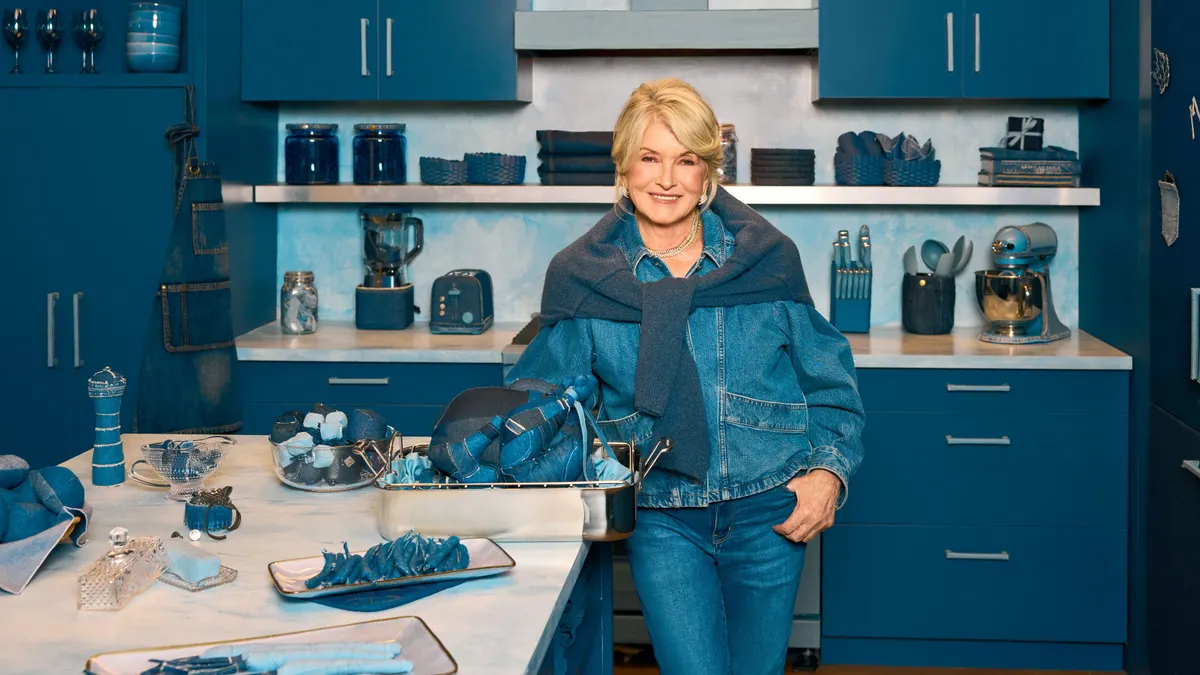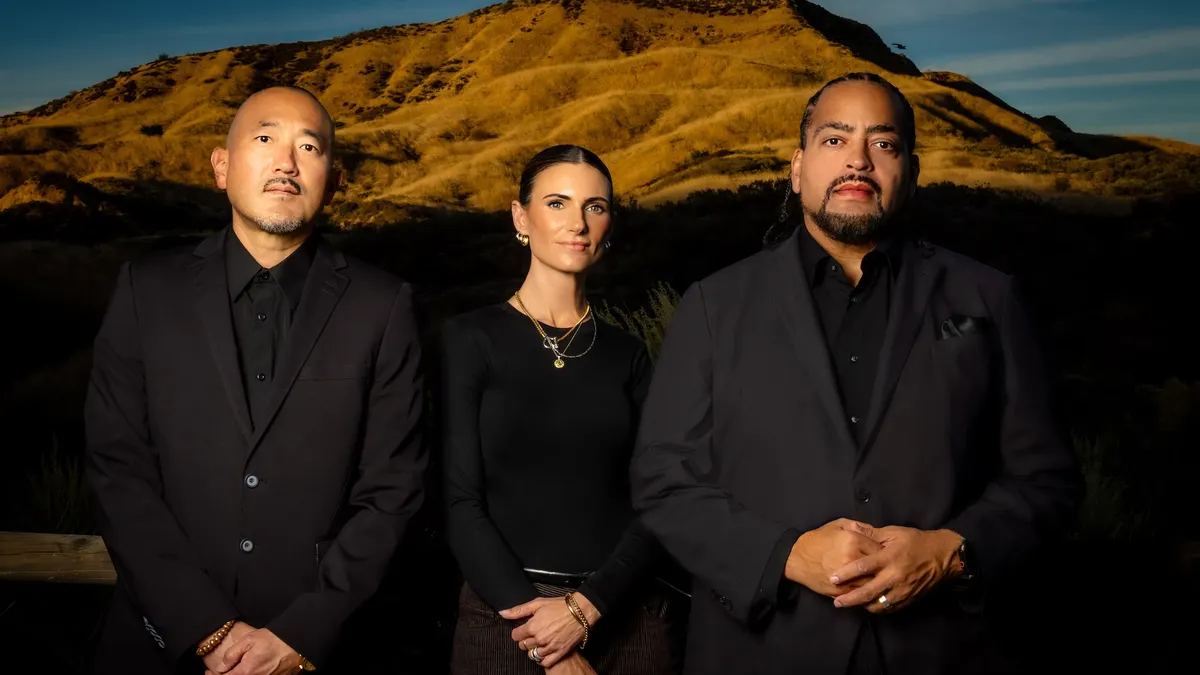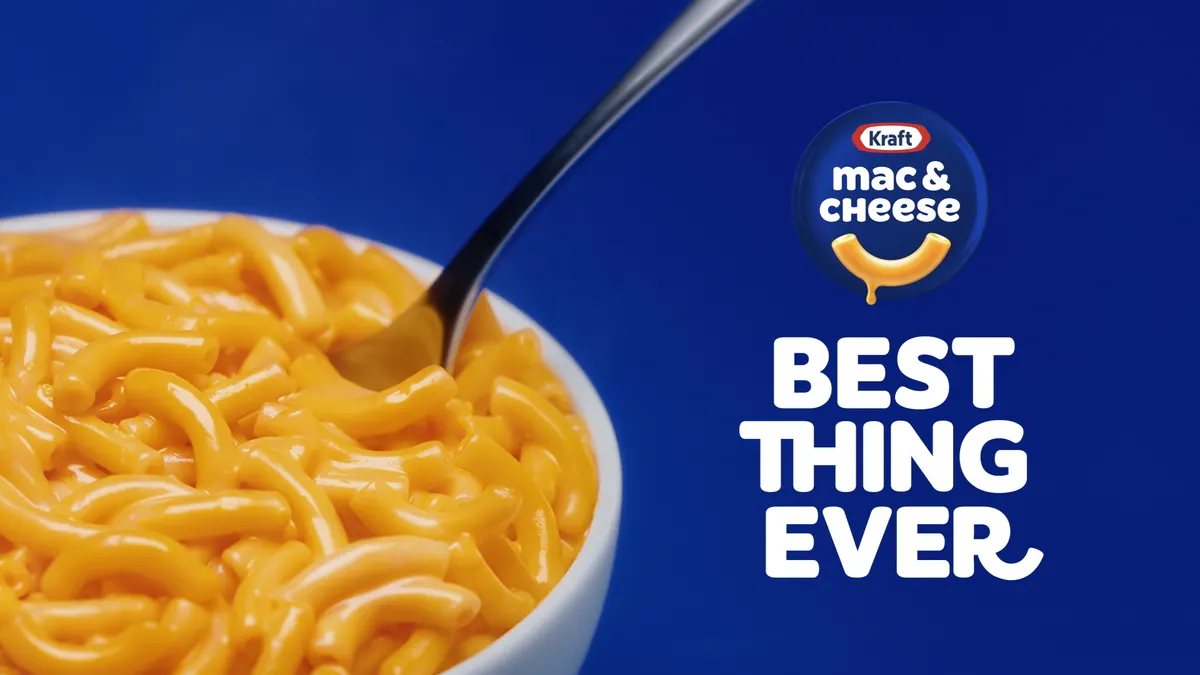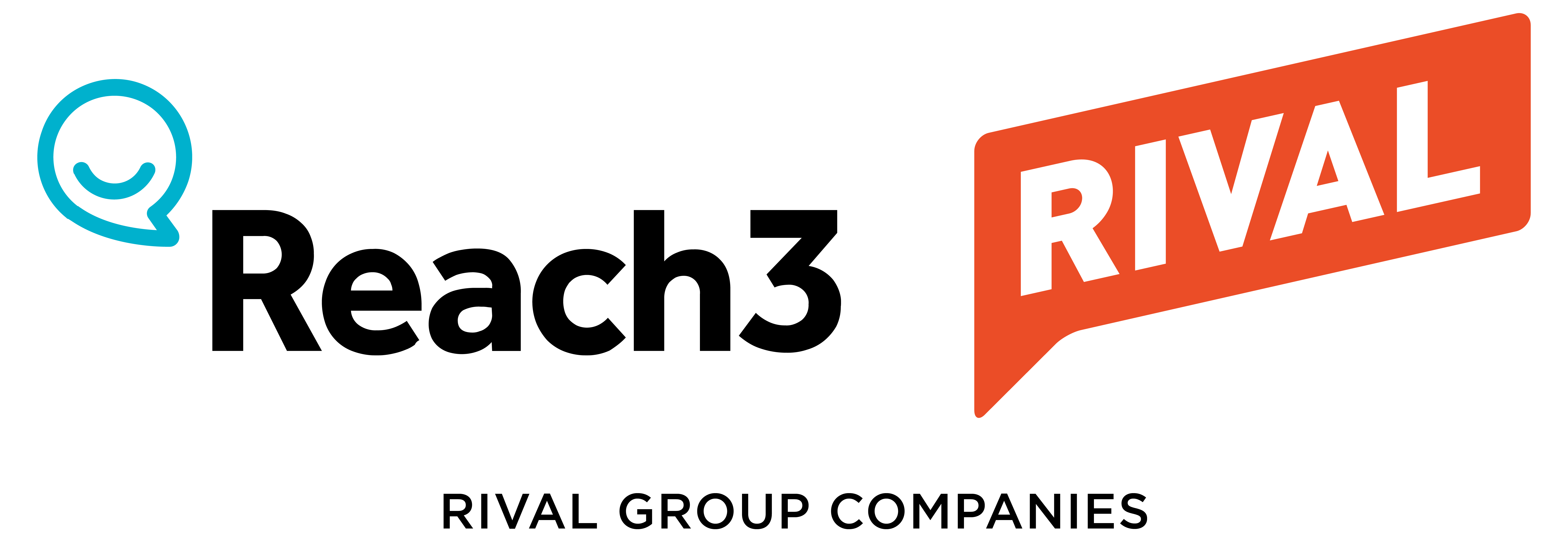Artificial intelligence remains a key technological focus of the current age and a fixation of marketers looking to its potentially transformative power to make advertising more effective and efficient. For a company like Lenovo, which is rolling out AI-powered PCs for home and business users but also using AI in its marketing organization, the technology is omnipresent.
With so much invested in AI, Lenovo’s marketing function must live and breath the technology and not get caught up in the angst of how it will reshape or replace human roles, explained Emily Ketchen, senior vice president and CMO for Intelligent Devices Group and international markets at Lenovo.
“You want to keep up, you want to stay tuned in and you want to know how to use [AI] to be able to advance,” Ketchen said.
Ketchen, a veteran of the tech world who joined Lenovo in 2020 after nearly a decade at HP and years in the agency world, thinks AI has the potential to be as ubiquitous as tech like memory and 5G that were once hot topics but eventually became commonplace. As CMO for both Lenovo’s international sales organization and Intelligent Design Group, inclusive of PCs and Motorola, Ketchen oversees both B2C and B2B marketing around the globe.
Marketing Dive spoke with the executive about balancing marketing priorities, bringing AI into the marketing organization and how to stay agile during periods of macro pressure.
The following interview has been edited for clarity and brevity.
MARKETING DIVE: How do you bring the Lenovo brand to life for different audiences?
EMILY KETCHEN: Even when you're talking in the B2B frame, when you win the heart, you win the mind. We're constantly thinking about how our products are a step ahead of our customers so that they’re meeting needs that you may not even know you had. We're marketing things or creating categories for products that people are not even familiar with.
Our AI PC, for example, is a once in a 30-year opportunity for someone like me to be able to create a category for both the consumer and the business-to-business customer. You don't know what you need yet, because you haven't experienced what AI would look like in a laptop or in a product.
Consumers are much more one-to-many or -all, whereas B2B is a little bit more one-to-one, and you can be a bit more customized in those particular messages. When we're thinking about category creation in AI, it's all about what are the benefits of that, and what are the real differentiators that make Lenovo unique in all of the different technology organizations that are out there.
How have you worked to bring AI into your teams?
We set up an AI governance council inside the organization. We have done a ton of work with our security organization, our legal organization and others that have folded into that. But importantly, we canvased our marketers to say, what would you like to learn more about? We then put together a bespoke 11-step program with a well known AI educator who came in and helped us gain enterprise-level licenses so that our teams could understand and work with AI and understand what it is and how how to use it, and how to think about it. That's one piece of it, because I think you've got to know what “it” is in order to be able to market it.
The other side of the equation is thinking about our particular products, the differentiators that we bring to bear, and how you talk about those in the context of the benefit to consumers and customers. What we did there is we took “smarter technology for all” and turned that into “smarter AI for all”, and then “smarter AI for you” on the consumer side.
Lenovo has a multiyear partnership with Formula 1 (F1) and a new one with FIFA. How do you approach brand partnerships?
One of the things that we did early days is we introduced a framework for how we think about partnerships. What is the actual partnership? Making sure you have that really clear alignment between your company and the company you're going to partner with. This is where sometimes companies don't get it right, but we're very focused on making sure that we can story tell.
How are you telling that story? How are you leveraging the property across social, PR and other communications? What about employee engagement? Then there's the event management side of it. How do you activate this for customers? How do you bring them into the fold?
When you quantify this, you understand it's a major investment for corporations. It can seem somewhat frivolous. I think it is not. But we have a lot of rigor and discipline that we put into measurement, everything from the brand attributes and the work that we do with our brand trackers… We do summaries of all of our communications and a lot of pulse work with our agencies around how are we stacking up against the competition when it comes to a sponsorship. What are the things that are attached to our brand?
How does this framework inform Lenovo’s work with F1?
F1 is probably the most technical sport in the world, in the context of precision, technicality and how the whole sport plays itself out, from how drivers prepare themselves, to how the cars come together, to the property itself.
How can F1 push us from a technical perspective? The F1 team recently in Shanghai, for example, just deployed our brand new ThinkPad X9 with AI, and so they're pushing the limits there. F1 is in 24 destinations across 40 weeks and it’s all over the world. We deploy all of that marketing as the races go to our different geos, and our geos have really been pushed and stretched to do interesting marketing things.
What have some of those activations and applications looked like for F1?
We had this very cool out-of-home campaign in Japan at the world's most-crossed foursquare in Shibuya. At the top of the skyscrapers, we had 13 simultaneous screens running for 30-second intervals where there was an F1 car racing around and there were sounds you could hear on the ground.
At Piccadilly Circus in London, we had a 3D car coming out of an out-of-home ad and spinning three-dimensionally right into the street. It's super fascinating to actually up the game in your own marketing and storytelling for customers and consumers.
Since we've been a part of the F1, the audience has grown from 500 million to 750 million, and the greatest growing population are Gen Z and women, but there's still a ton of CIOs and C-level enthusiasts. We want to be talking to the F1 audience sets, and we want to be talking to CIOs and CTOs, so we used Seedtag technology that helps us to do contextual targeting, making our targeting way more efficient and effective, using AI to bring together those two audiences into one spot. This drove 55% more efficiency in our ability to reach the people we wanted to reach, using AI to make sure that targeting was correct.
How do you stay nimble and use marketing functions to support the organization as it's dealing with whatever the news of the day is?
Agility is the key. There are areas where the world stage is changing, and it's our responsibility to stay on top of that and ahead of it. We are in the same situation as everybody else, and focused on it and working on it and staying agile and trying to stay ahead of that.
How do you bring that through an organization? You model that openness. You model good ideas can come from anywhere. You model being agile and being active in the way that you lead.
It's fair to say we're better at that than we used to be, right? We used to talk a lot about this in the context of COVID — everybody had to “pivot.” There's some agility that has been a good muscle for us to work on. You also will see us hearken to what we're known for, which is innovation.


